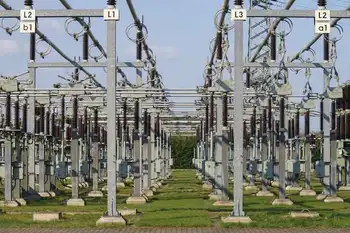EPA move on sulfur dioxide affects NG prices
- The Environmental Protection Agency is tightening health standards for sulfur dioxide emissions from power plants and other industrial sources, a move that was credited with helping boost natural gas prices and some energy companies' stock prices.
The agency said that the new standard, adopted under the Clean Air Act, would prevent 2,300 to 5,900 premature deaths and 54,000 asthma attacks a year.
Sulfur dioxide is a major element of exhaust from coal-burning power plants and a component of acid rain. It has been linked to many breathing problems, including asthma, emphysema and bronchitis. The new rule calls for concentrations of no more than 75 parts per billion of sulfur dioxide, measured hourly. The current standard is 140 parts per billion, averaged over 24 hours.
Some power plants have been using more natural gas, instead of coal, to run generators because gas burns cleaner, with lower emissions.
Natural gas futures rose 26.6 cents to close at $4.69 per 1,000 cubic feet on the New York Mercantile Exchange recently.
Natural gas producers were among the biggest gainers in an otherwise lackluster trading day.
Fort Worth-based Quicksilver Resources and Range Resources both saw their shares jump more than 6 percent, as did Oklahoma City-based Chesapeake Energy. Union Drilling of Fort Worth, which is active in shale gas development, saw its shares rise more than 4 percent.
Related News

Sub-Saharan Africa has a huge electricity problem - but with challenge comes opportunity
PORTO NOVO - Sub-Saharan Africa has an electricity problem. While the world as a whole has made great strides when it comes to providing access to electricity (the world average is now 90 per cent with access, up from 83 per cent in 2010), southern and western African states still lag far behind.
According to Tracking SDG7: The Energy Progress Report, produced by a consortium of organisations including the World Bank, the International Energy Agency and the World Health Organization, 759 million people were without electricity in 2019 and threequarters of them were based in sub-Saharan Africa. At just seven per…




